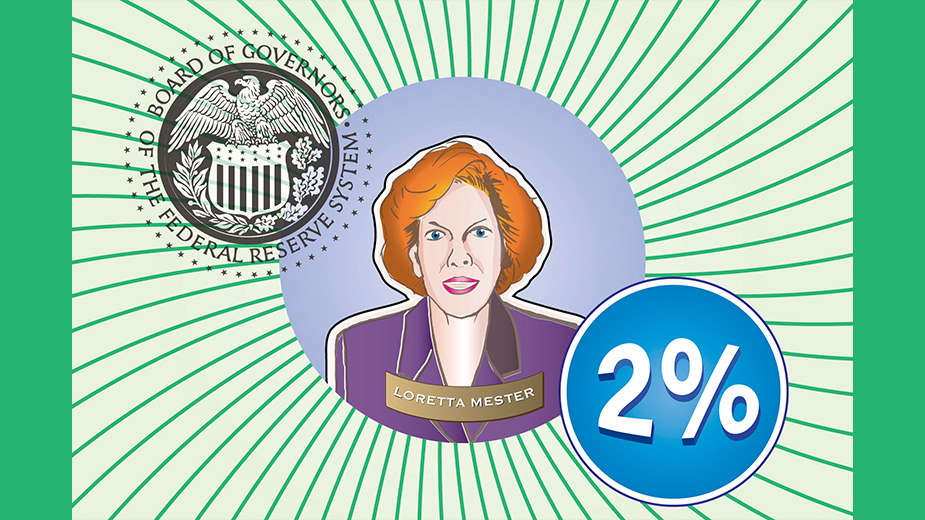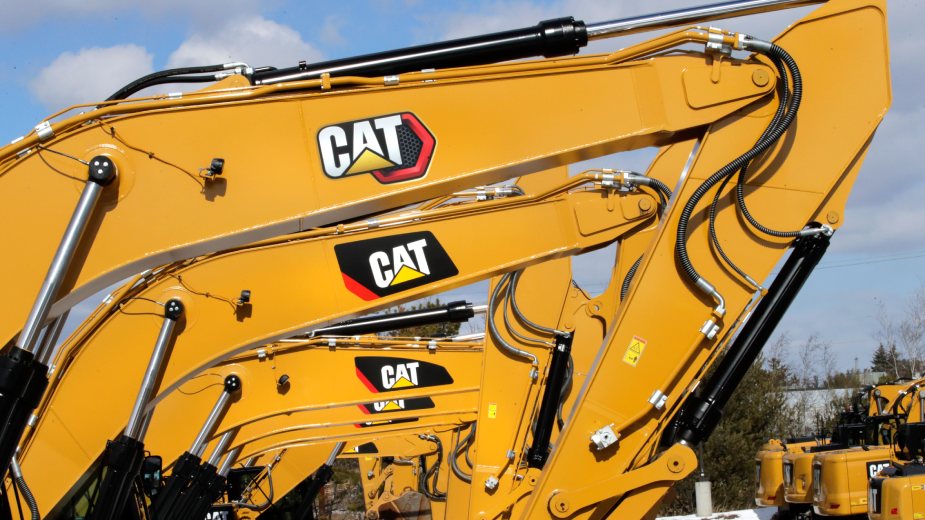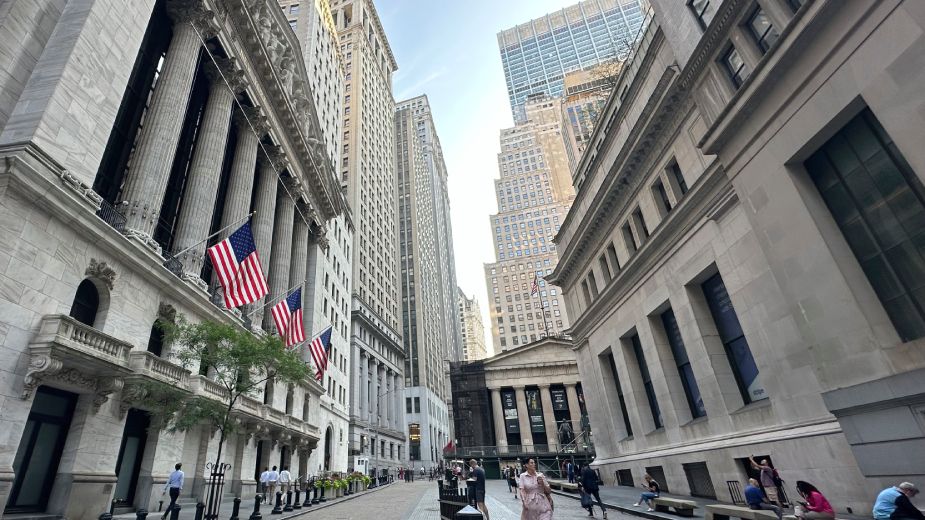Bleak Forecasts for Jobless Rate in Mahoning Valley
YOUNGSTOWN, Ohio — Forecasts of what the COVID-19 shutdown will do to the rate of unemployment in the area have grown much worse in the past few weeks.
“We’ve gone from it hopefully being a temporary and modest increase in unemployment to the legitimate concern that it will get worse than the Great Recession of 2008,” says Albert J. Sumell, professor of economics at Youngstown State University.
The outlook gets bleaker with each passing day, he adds. The longer businesses are closed, the greater the immediate and long-term economic pain will be after they reopen.
“There will be concern about going out [in public] and income will be lower, so spending will be down,” Sumell says.
As for how the economic gut punch will be felt in the Mahoning Valley – still weathering the effects of the closing of the GM Lordstown Assembly Complex and its suppliers – Sumell says there are two ways of looking at it.
“It’s a severe blow to our economy; and it’s like kicking a horse while it’s down,” he says. “But the counter-argument is that in some ways, we’re used to economic pain in this area and we’ve built some sense of resiliency and ability to deal with it in a way that other areas can’t. That’s not a positive, but it’s a silver lining.”
Another circumstance that could slightly soften the blow for Youngstown is the composition of its economy. In short, this is not a resort town.
“We are in a lot of ways less susceptible than other areas,” Sumell says. “It’s going to be really bad in any event but if you look at the most impacted sectors – leisure, hospitality, tourism – we are less dependent on them.”
Professor John Russo, visiting scholar at the Kalmanovitz Initiative for Labor and Working Poor at Georgetown University in Washington, D.C., was even more pessimistic.
“Youngstown has gotten to a point where it’s on the precipice where it can never come back,” he says.
Russo, a professor of labor studies in the management department at Youngstown State University 32 years, doesn’t see a ray of hope.
“What we’ve seen over the last three decades is a slide down, then a plateau, another slide down, then a plateau, another slide down and then a plateau,” he says. “I don’t see things improving dramatically.”
Russo acknowledges that some economic forecasts are more optimistic than his, but says his job as an academic is to be realistic.
“The [Youngstown Business Incubator] and the [3D printing industry] haven’t really created a whole lot of jobs,” he says. “Vallourec Star is way off because fracking is down. And that was going to be another savior of the Mahoning Valley. What we’ve always done better than anyone is manufacturing and that continues to waste away …
“I don’t know if Youngstown’s time has passed or not. It will never be the Silicon Valley. And even the Silicon Valley is hurting because work is moving to Asia, Thailand, Singapore, because it is cheaper.”
Russo sees the skyrocketing unemployment rate exacerbated by the same use of technology that is allowing work to be done remotely during this time of social distancing.
“I think [companies] will reconsider what they are doing,” he says. “All businesses might find out they don’t need the physical property they have today. They can do work from home. They don’t need the buildings they had before and can do things just as efficiently without them. Or at least they’ll find out whether they can.”
When Russo and his wife, Sherry Linkon, were co-directors of the Center for Working-Class Studies at YSU, they devised and published the de facto unemployment rate.
The de facto unemployment rate is based on their stance that the Bureau of Labor Statistics underreports the amount of unemployment by not counting the underemployed: those who have given up looking for a job, went back to schoo, retired early or are undocumented or disabled. It classifies such people as unemployed.
Russo says the de facto unemployment rate is generally about 50% above the reported rate. According to a report in Forbes magazine the first week of April, economists predicted the post-crisis U.S. unemployment rate will peak at anywhere from 8.5% to 32%.
“I see the beginnings of a greater recession or a lesser depression; so the unemployment count is important,” Russo says.
The $2 trillion federal stimulus package “will tide some people over and bail out some big industries who are laying people off,” he adds.
Asked for a solution, Russo points to COVID-19 employment measures being taken in Denmark and Germany.
“They are keeping people in jobs while we are laying them off,” he says. “There will be some of that [helping companies retain and rehire workers] in the stimulus bill, paying wages, but we are moving to more and more independent contractors. Think about Uber drivers, things like that. Will they get unemployment? Not likely. Look at the call centers in Youngstown. You have to flow out to who will be coming back. And will it be cheaper to do the job someplace else?”
Sumell, the YSU economics professor, says there will be a decline in manufacturing employment but the service industry will be hit harder. “Typically, it’s the other way around in a recession,” he says, adding that the health care, online, technology and education sectors will actually see growth as a result of the pandemic.
It’s hard to predict how high the jobless rate will climb both in Youngstown and nationwide, Sumell says.
“I’ve heard estimates it could reach above 25% but if it does, that would be short-term,” he says. “Even if it hits 25% and then goes down to 12% when the shutdown ends, that’s still remarkably high.”
Sumell expects the unemployment rate to be elevated for months. “Restaurants will hire back the majority but not everybody,” he says.
The federal stimulus bill, he adds, will help mitigate the damage.
“The remarkable thing to come out of this is the consensus between both political parties and economists that [the stimulus] is both necessary and a good idea,” Sumell says. “Prior to this, the majority of economists would have said it’s extreme. But because we are in such an extreme situation, it is almost unanimous that this is better than not doing anything, because then the damage would be worse and longer and it would cost the government even more [than the stimulus bill].
“It’s not a cure-all and some business won’t take advantage of it, or won’t hire all of their employees back [although] there is room in it for employers who do not bring back all of their employees.”
The recovery, according to Sumell, will depend partially on how many people support restaurants and other small businesses after they reopen.
Copyright 2024 The Business Journal, Youngstown, Ohio.



